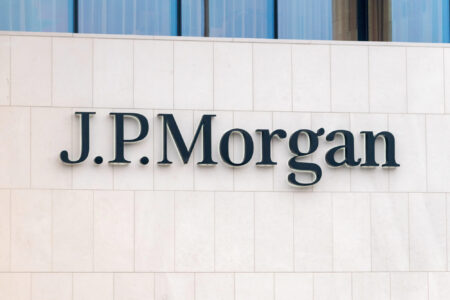The Capital Markets and Technology Association has generated excitement among Swiss banks with a novel settlement mechanism for tokenized investment products. Their new proof of concept is expected to be an innovative and forward-looking milestone for the Swiss financial sector.
For the first time, key players in the Swiss financial industry successfully developed and tested a novel settlement mechanism for tokenized investment products on a public blockchain testnet infrastructure. A smart contract, developed by the Capital Markets and Technology Association (the CMTA), allows for streamlined processes, reduces complexity, raises security, and eliminates counterparty risks from trades. The CMTA's proof of concept marks a milestone for the Swiss financial industry.
Introduction of a Proof of Concepts
The proof of concept involves the issuance of tokenized investment products recorded on an Ethereum test blockchain, the trading of these products in Swiss francs on a regulated Swiss securities exchange and the settlement of trades through a smart contract developed by the CMTA. These three distinct operations - issuance, trading and settlement - all happened within hours, when they take days to unfold in a traditional financial environment.
"We are very proud to have developed this groundbreaking mechanism with numerous partners from the financial and technology industries. It will enable the industry to increase efficiency, simplify cross-border settlement and improve the quality of service. And customers will benefit from the efficiency gains." - Jacques Iffland, Chairman of the CMTA
The proof of concept lays the foundation for an alternative Swiss post-trade infrastructure that functions without central parties (central counterparty and central securities depositary) and enables participating banks to benefit from cost advantages along the entire value chain of securities transactions (issuance, settlement and custody).
Tokenization in the Swiss financial center
Vontobel and Pictet each issued an actively managed equity certificate representing a basket of equities, while Credit Suisse issued a structured note, which were associated with digital tokens recorded on an Ethereum test blockchain, a process commonly referred to as "tokenization". These securities were then traded on the platform of BX Swiss, a FINMA regulated Swiss securities exchange. The trades were settled bilaterally on the blockchain. To do so, the participants used an on-chain mechanism that secures the parties' obligations.
"The transactions carried out today clearly establish that products tokenized on a public blockchain can be traded on regulated trading platforms and that the settlement of transactions on tokenized products can be carried out in fiat currencies without creating any counterparty risk. The successful proof of concept is a crucial first step for unlocking the future benefits of tokenization." - Daniel Gorrera, Head Digital Assets at Credit Suisse
The settlement in fiat currency (Swiss franc) was made possible by an application called DLT2Pay, a product of targens, that connects the blockchain with the Swiss Interbank Clearing (SIC), the real-time gross settlement (RTGS) payment system of the Swiss National Bank. The proof of concept leveraged the CMTA's standard token format and smart contract (CMTAT), and another smart contract that replicates the delivery-vs-payment functionality of traditional settlement systems. The creation, security aspects and technical operation of the smart contracts, were carried out under the leadership of Taurus, whose technology was used to issue and manage the structured products across their full lifecycle.




